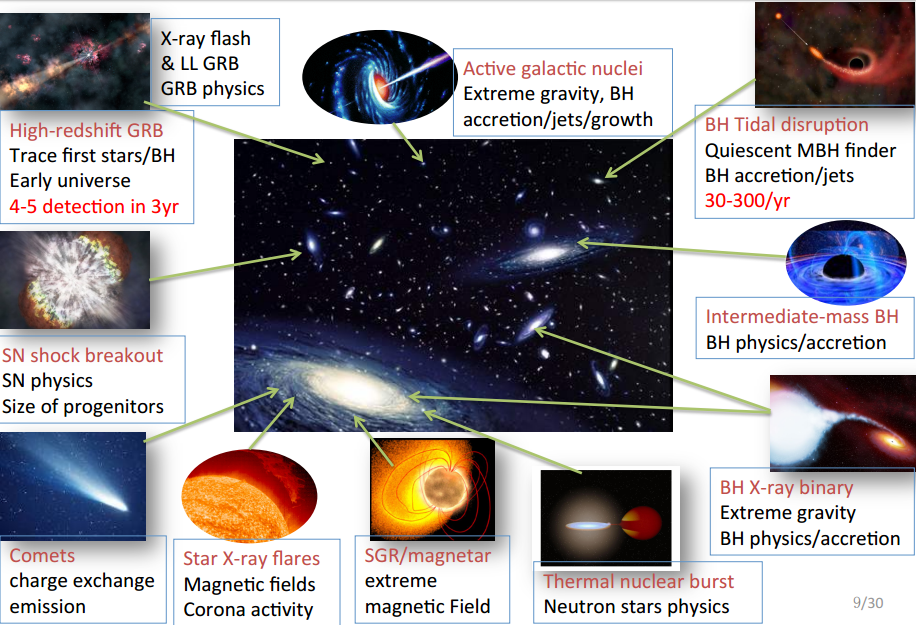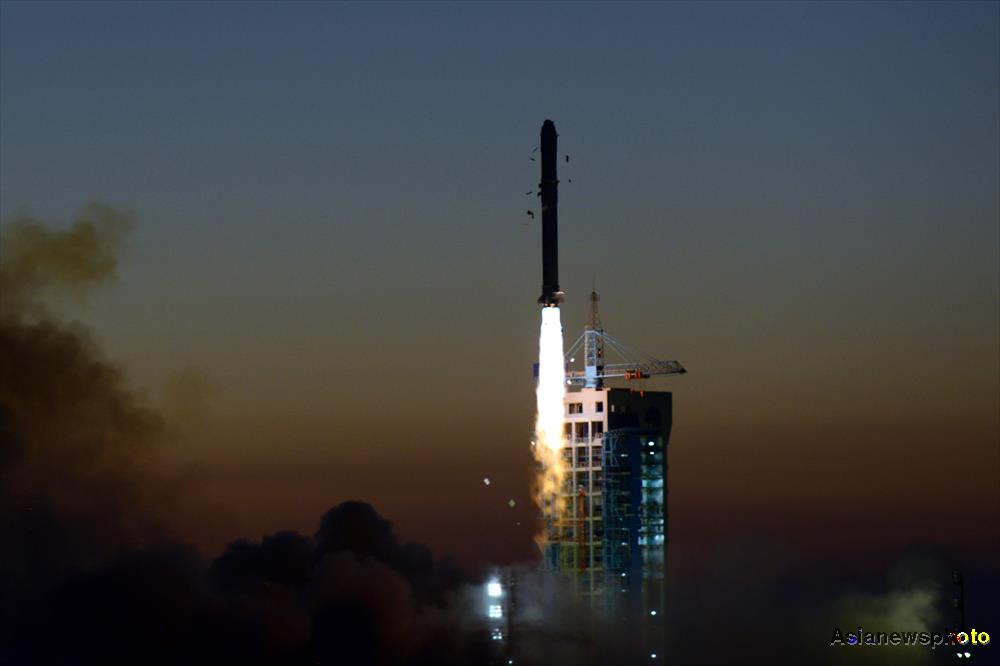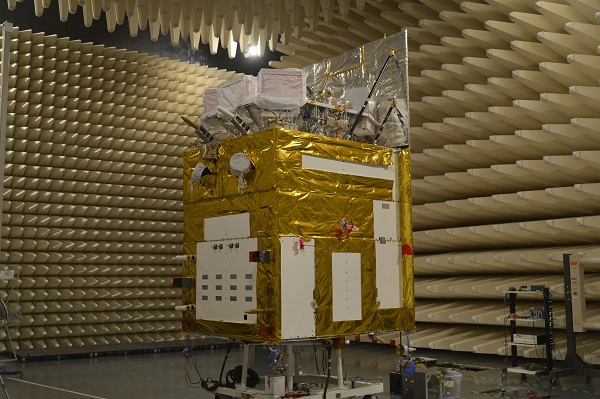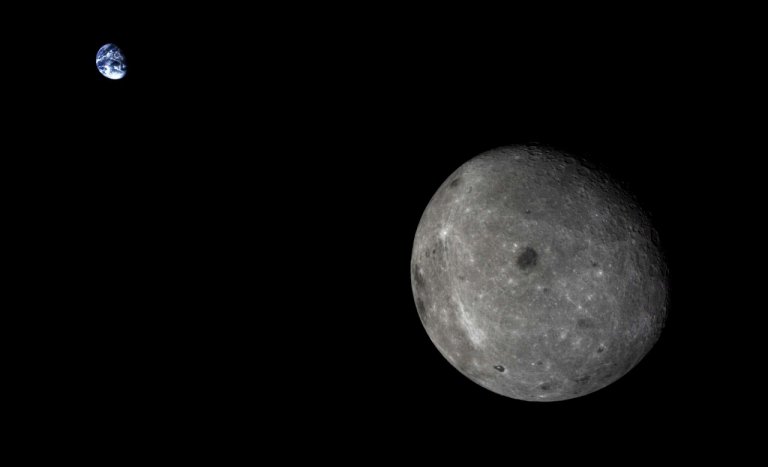
China's National Space Science Centre (NSSC) has unveiled a range of space science missions to be developed over the next five years, following the success of a number of pioneering missions over the last 12 months.
The missions were selected from a roadmap for a long-term space science program and will delve into some of the most fundamental questions such as the formation and evolution of the universe, the formation and evolution of the solar system, and the study of exoplanets and potential extra-terrestrial life.
The unveiled missions are a space-weather observatory mission in collaboration with the European Space Agency (SMILE), a global water cycle observation mission (WCOM), the Magnetosphere, Ionosphere and Thermosphere mission (MIT), the Einstein Probe (EP), and the Advanced Space-based Solar Observatory (ASO-S).
The missions will be overseen and integrated by the NSSC, under the Chinese Academy of Sciences (CAS).
Operating in the new field of transient astronomy, the Einstein Probe will survey large portions of the universe for exotic space phenomena using very sensitive X-ray cameras.
EP will also aim to locate the electromagnetic wave counterparts of gravitational wave events, and survey the skies for phenomena including supernovae, neutron stars and transient activity in galactic centres.

Above: China's Einstein Probe will survey a range of astronomical phenomena (CAS).
WCOM will further understanding of the global water cycle and its variations, while SMILE will investigate how charged particles coming from the sun interact with the Earth’s magnetosphere.
The missions are expected to be launched around or after 2020, and will variously involve collaboration with scientists and institutions from the United States, United Kingdom, Germany and other European nations.
Breakthrough in space science
The approval follows a breakthrough 12 months for the country's space science ambitions, seeing the launch of a dark matter probe, DAMPE, a retrievable microgravity satellite, Shijian-10, and the world's first quantum science satellite, QUESS.
Chinese space science also received a huge budget boost in the spring, amounting to 5.9 billion yuan (US$ 910m) across the period of the country’s new Five Year Plan (2016-2020).

Above: China's Wukong (DAMPE) dark matter probe launches from Jiuquan in December 2015 (China Daily).
Early next year the final, delayed mission in China's first batch of priority space science missions will launch from Jiuquan Satellite Launch Centre on a Long March 2D rocket.
The Hard X-ray Modulation Telescope (HXMT), developed by China's Institute of High Energy Physics (IHEP), aims to study black holes and observe transient X-ray sources in greater detail than before.

Above: The HXMT probe in an anechoic chamber (IHEP).
Sino-French SVOM mission
The Centre national d'études spatiales (CNES), the French government space agency, also announced this week that it has approved its contribution to another mission, the Space Variable Objects Monitor, or SVOM.
SVOM will carry four instruments, two of which were designed and built in France. ECLAIRs is a wide-field X-ray and gamma-ray camera for detecting Gamma Ray Bursts, and MXT, a Microchannel X-ray Telescope.
China will be responsible for the mission, launch, satellite and operations and will share responsibility with France for design and construction of the instruments and ground segment.
Further projects to be considered
Some of the proposals will be chosen as candidates for the country's 14th Five-Year Plan (2021-25) or 15th Five-Year Plan (2026-30) on space exploration.
"The primary criteria for selecting a candidate project is the prospect of scientific achievement," said Dr Wu Ji, director of the National Space Science Centre.

Above: Animation of QUESS sending entangled photons to ground stations in China.
The CNES announcement also indicates that further space science missions will be approved by China in the near future, with a new space white paper, covering 2016-2020, expected to be released by the end of the year.
The White Paper will highlight achievements and international cooperation during the past five years, and indicate the direction and priorities of the Chinese space program - including space science - for the coming five years and beyond.
It is expected to outline China’s ambitions for deep space exploration – a priority area noted in the new Five Year Plan released in the spring – and include emerging issues such as what role commercial and private space may have in the future.
The document will lay out future missions and projects, including the country’s first independent interplanetary mission – to Mars in 2020 – and lunar sample return and far side landing missions, as well as development of remote sensing, communication and navigation systems closer to home. (GBTimes)

The far side of the Moon imaged by China's Chang'e-5 T1 test service module.

86-10-68597521 (day)
86-10-68597289 (night)

86-10-68511095 (day)
86-10-68512458 (night)

cas_en@cas.cn

52 Sanlihe Rd., Xicheng District,
Beijing, China (100864)

